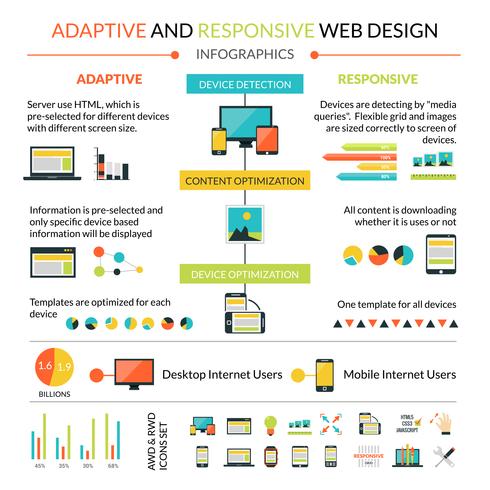Internet Site Style Basics: Tips For Structure A User-Friendly Site
Internet Site Style Basics: Tips For Structure A User-Friendly Site
Blog Article
Post Created By-McKnight Neville
When it concerns internet site design, guaranteeing user-friendliness is crucial. From responsive style to streamlined navigating, every component plays an essential function in producing a website that deals with your target market's requirements. But what regarding the finer details that can make or damage a customer's browsing experience? Keep tuned as we reveal some often-overlooked pointers that can raise your web site's functionality to the next degree, making it truly stand apart in the digital landscape.
Importance of Responsive Style
Receptive layout is a critical aspect of contemporary internet site advancement. Guaranteeing your website is responsive methods that it can adapt to various screen dimensions and devices, supplying a seamless experience for users.
With the enhancing use of smartphones and tablets to access the internet, having a responsive style is essential for reaching a wider target market. It aids in improving user experience by making your site very easy to navigate and read on any type of tool.
Additionally, responsive design can positively influence your online search engine rankings, as internet search engine like Google prioritize mobile-friendly sites. By having a receptive design, you're additionally future-proofing your web site, as brand-new devices with differing screen dimensions remain to emerge.
Simplify Navigating Framework
To improve user experience and facilitate easy accessibility to info on your site, improving the navigating framework is vital. When designing your website, concentrate on creating a clear and user-friendly navigation menu that helps site visitors locate what they're trying to find rapidly.
Limit the number of food selection things to the basics, grouping related pages together to prevent overwhelming customers. Use descriptive tags that clearly suggest the web content of each web page, making it less complicated for users to comprehend where each web link will take them.
Think about implementing dropdown food selections for subcategories to prevent cluttering the main navigation bar. In addition, consist of a search bar prominently on the web page for customers that choose looking for details information.
Prioritize mobile responsiveness in your navigation style to guarantee simple access on all devices.
Maximize Page Lots Rate
Improving page lots speed is vital for preserving visitors on your web site. Slow-loading pages annoy customers and can bring about high bounce prices. To look at this web-site , start by enhancing images. Press images without endangering quality to lower their file sizes.
Additionally, enable internet browser caching to store frequently accessed sources in your area, accelerating tons times for returning visitors. Minify CSS, JavaScript, and HTML documents by eliminating unnecessary personalities, remarks, and formatting, improving lots rate.
Take into visit my home page making use of a web content distribution network (CDN) to disperse your web site's web content across numerous servers worldwide, lowering latency for users accessing your site from various places. Last but not least, restrict using third-party scripts and plugins, as they can considerably affect lots times.
Verdict
Finally, by integrating responsive style, streamlining navigation, and optimizing page load speed, you can produce an user-friendly site that attract a bigger target market and boosts customer experience. These essential elements make certain that site visitors can conveniently access and navigate your site across various gadgets, bring about increased engagement and contentment. By focusing on these essential facets, you can develop a successful site that maintains individuals returning for more.
